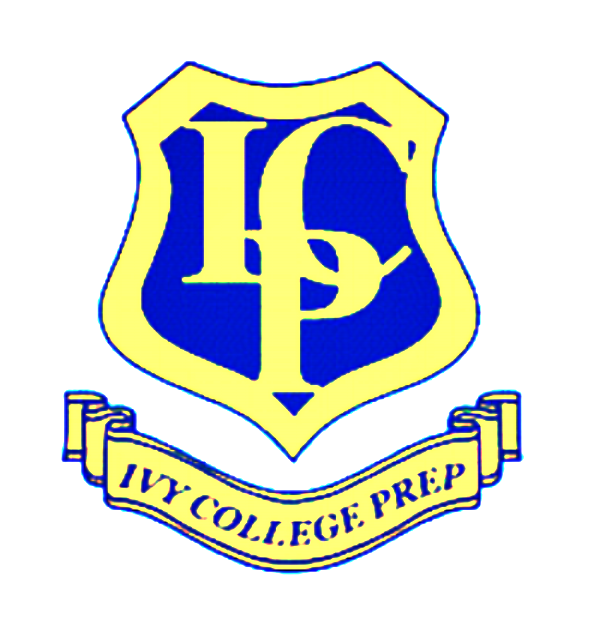The cost of attending a college or university keeps rising without an apparent limit year in and year out.
To give a sense of the relentless rise, since the early 1980’s tuition has increased over 1000% while the consumer price index (CPI) has risen a relative paltry 240%. From a slightly different perspective, in 1970 the percentage of the average household income it took to pay for tuition in a four-year college was 16%; by 2010 it was 36%. As a consequence of the rising costs, students are taking on debt as never before.











